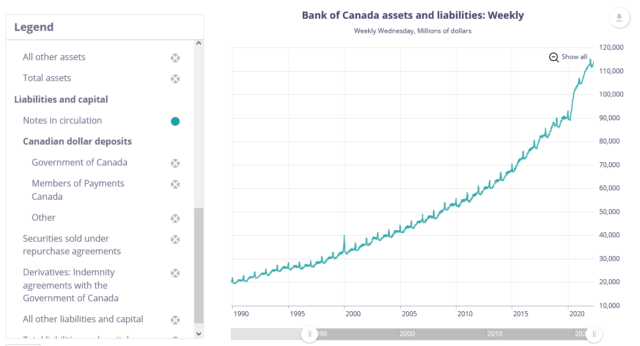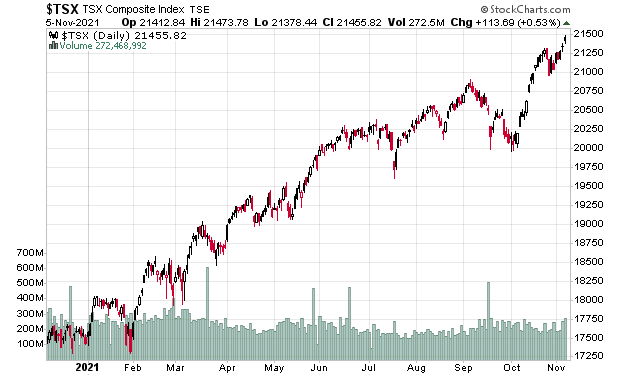“What’s left of Canadian oil?” – March 29, 2020:
27-Mar-2020: TSX Oil Producers
| Name | Root Ticker | MktCap 31-Jan-2020 ($M) | MktCap 27-Mar-2020 ($M) | Loss |
|---|---|---|---|---|
| Suncor Energy Inc. | SU | 61,973 | 25,172 | 59.4% |
| Canadian Natural Resources Limited | CNQ | 44,182 | 15,811 | 64.2% |
| Imperial Oil Limited | IMO | 23,343 | 9,816 | 57.9% |
| Cenovus Energy Inc. | CVE | 14,155 | 2,887 | 79.6% |
| Husky Energy Inc. | HSE | 9,230 | 3,226 | 65.0% |
| Tourmaline Oil Corp. | TOU | 3,617 | 2,116 | 41.5% |
| Vermilion Energy Inc. | VET | 2,985 | 587 | 80.3% |
| ARC Resources Ltd. | ARX | 2,486 | 1,335 | 46.3% |
| Crescent Point Energy Corp. | CPG | 2,308 | 481 | 79.2% |
| Seven Generations Energy Ltd. | VII | 2,222 | 488 | 78.0% |
| MEG Energy Corp. | MEG | 2,024 | 365 | 82.0% |
| Whitecap Resources Inc. | WCP | 1,974 | 387 | 80.4% |
On January 31, 2020 there were 12 companies trading at a market cap of above $1 billion in the space (I removed the non-Canadian ones trading on the TSX). At the end of March 2022, there are about 28 of them.
CNQ is now the top dog with nearly a $100 billion market cap.
CVE bought HSE and is now sitting at around $50 billion.
How things have turned.
The even more interesting factoid is that when looking at CNQ’s quarterly earnings report, they have gone painfully out of their way to avoid telling people how much money they will be making.
The entire complex is trading as if the commodity environment is a ‘transient’ event. As a result, we are seeing very low free cash multiples to enterprise value.
This creates two avenues to earning a return.
One is that you sit on your rear end and wait for these firms to buy back their stock and/or give out dividends and you will earn a return the old-fashioned way – by buying and holding.
The other way is through speculation that the fossil fuel price environment is here to stay for a lot longer than most expect – you will then be a happy recipient of a multiple expansion.
Unlike a technology company stock that promises to pay out a decade from now after making copious amounts of expenditures, most (if not all) of the fossil fuel producers are generating cash today.
What is even more interesting is putting your mindset into the perspective of a pension fund manager.
You have a mandate to earn a return of, say, 7% for your clients. I’m ignoring the fact that CPI has skyrocketed this year (which would inevitably push up this number for the cost of living allowances that are typically given out with defined benefit plans, including the CPP).
On a day like today, both the overall equity market AND the long-term bond market have dropped. Normally there is an inverse correlation between the two assets. This correlation appears to be breaking.
If your pension plan is forbidden from investing in fossil fuels for whatever reasons, the pension managers have to achieve their returns in the rest of the market that does not include fossil fuels.
This is an exaggeration, but it is the financial equivalent of trying to earn a 7% net return on the residential condominium market in Toronto (or Vancouver, take your pick).
Formerly you were able to do it with leverage (e.g. take a 4% gross return and turn it into 7% by borrowing a bunch of money at 2%), but today, you can’t do this in a rising rate environment. Rising interest rates increase the cost of carrying debt, and hence why you are seeing liquidations.
Likewise in the equity and bond markets, the leverage trade appears to be unwinding. Central banks have given fair warning rates are increasing. Unlike in 2017 when rates rose again and inflation was very low, today’s environment has inflation figures that have not been seen since the early 80s.






